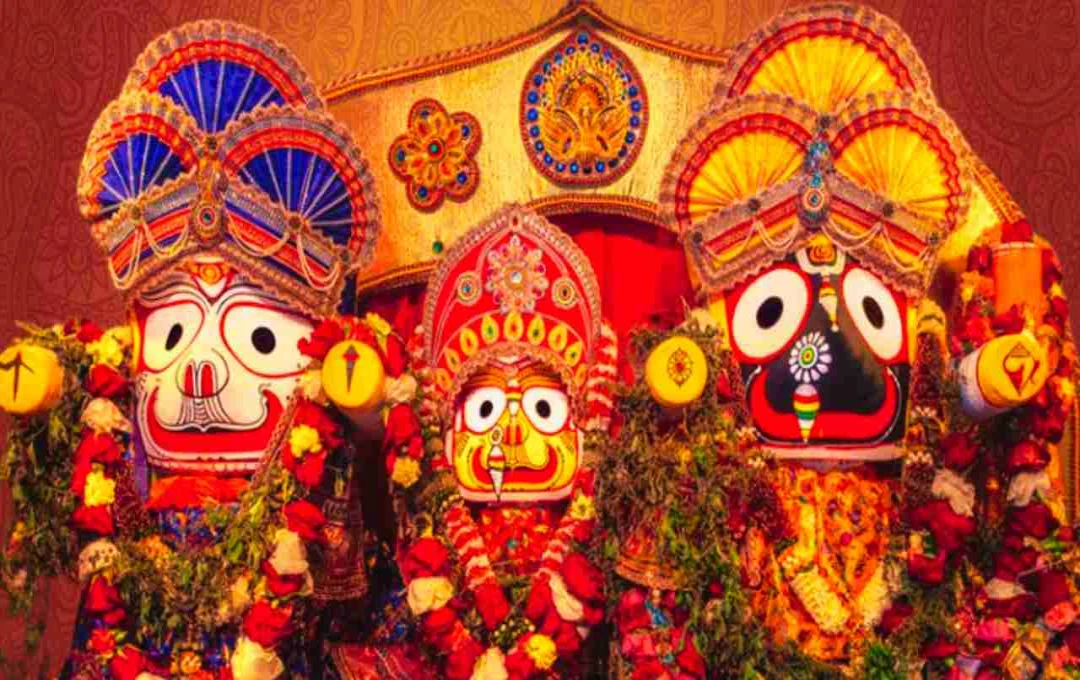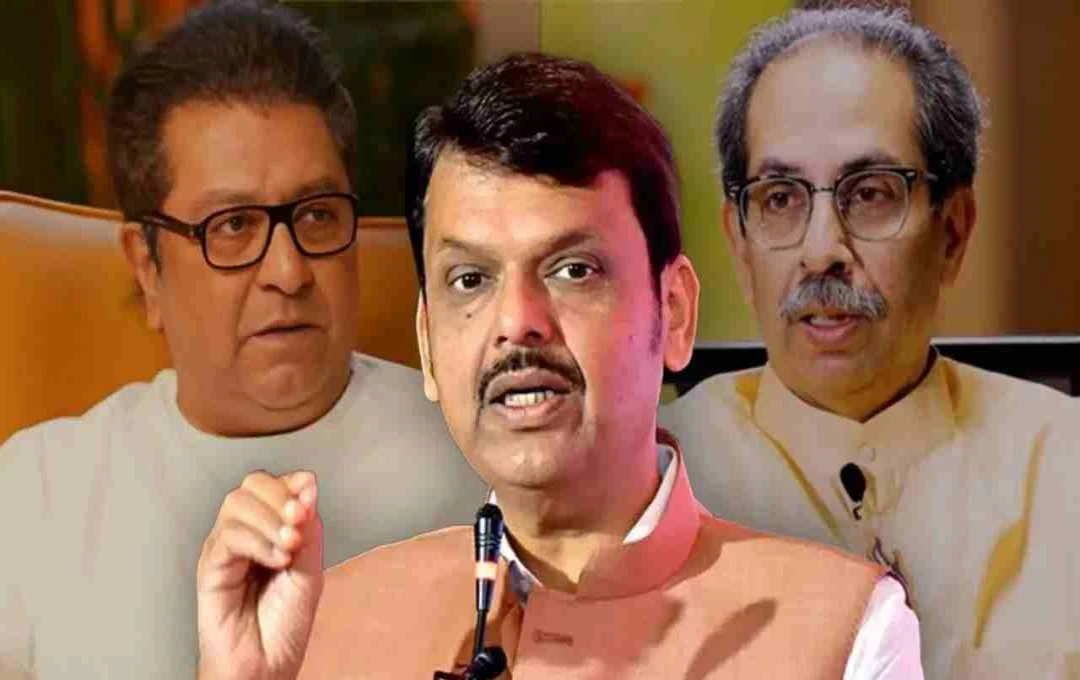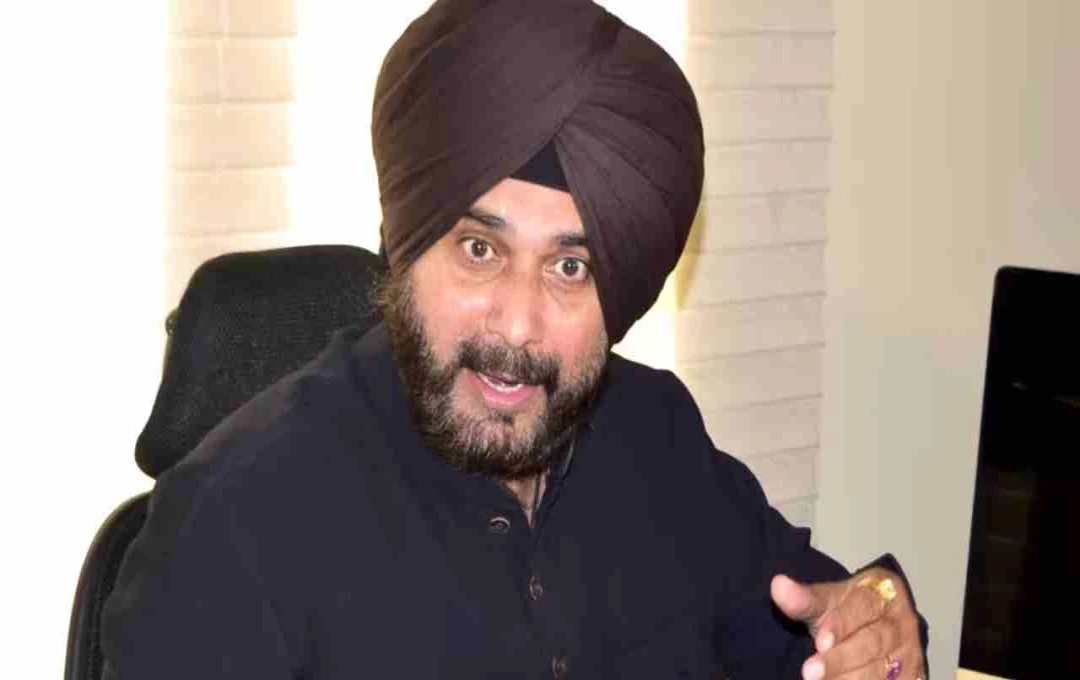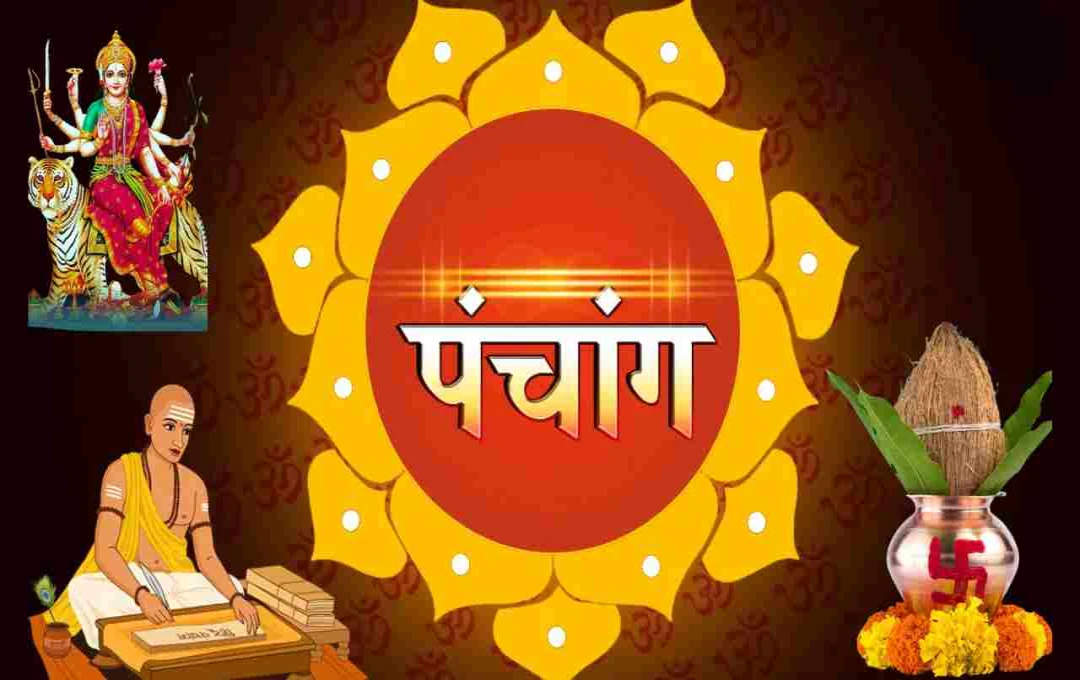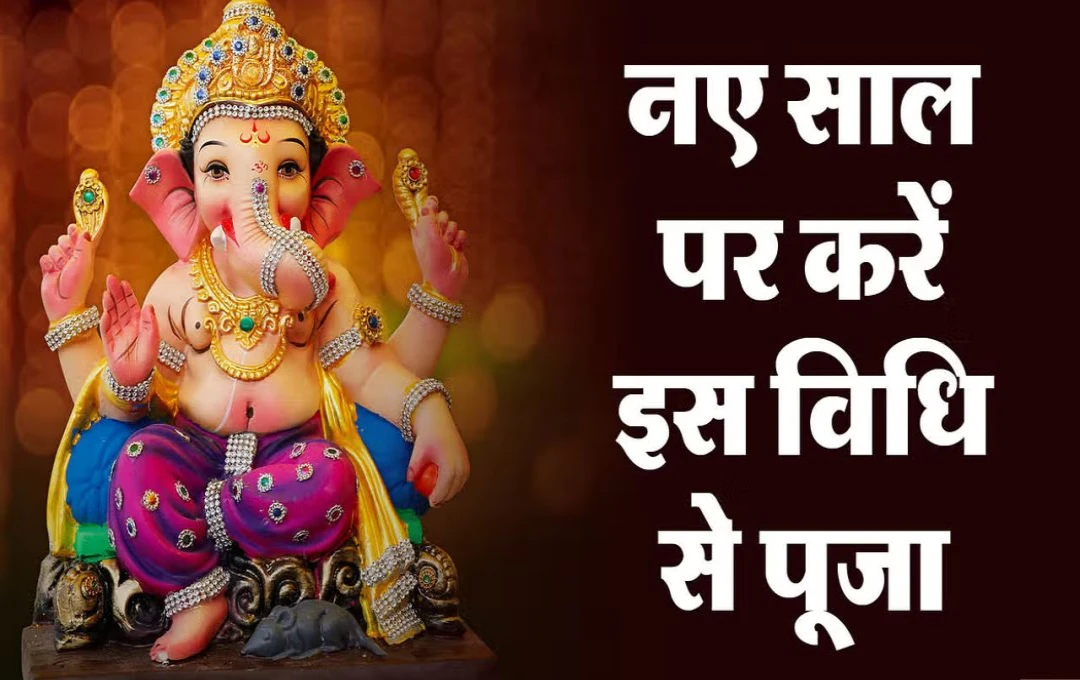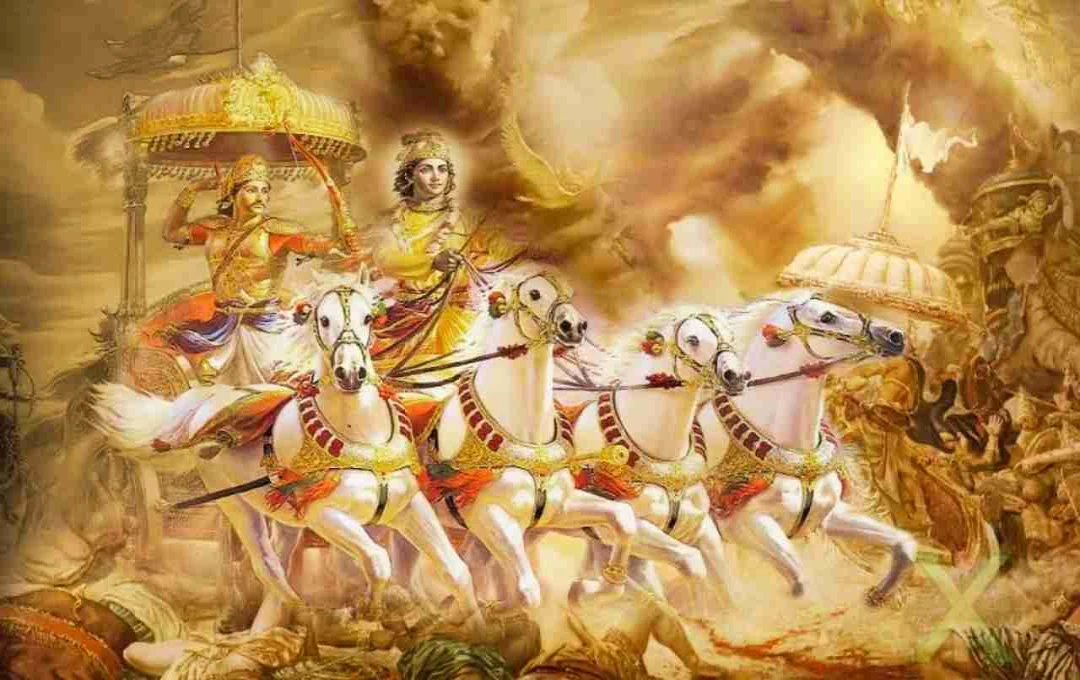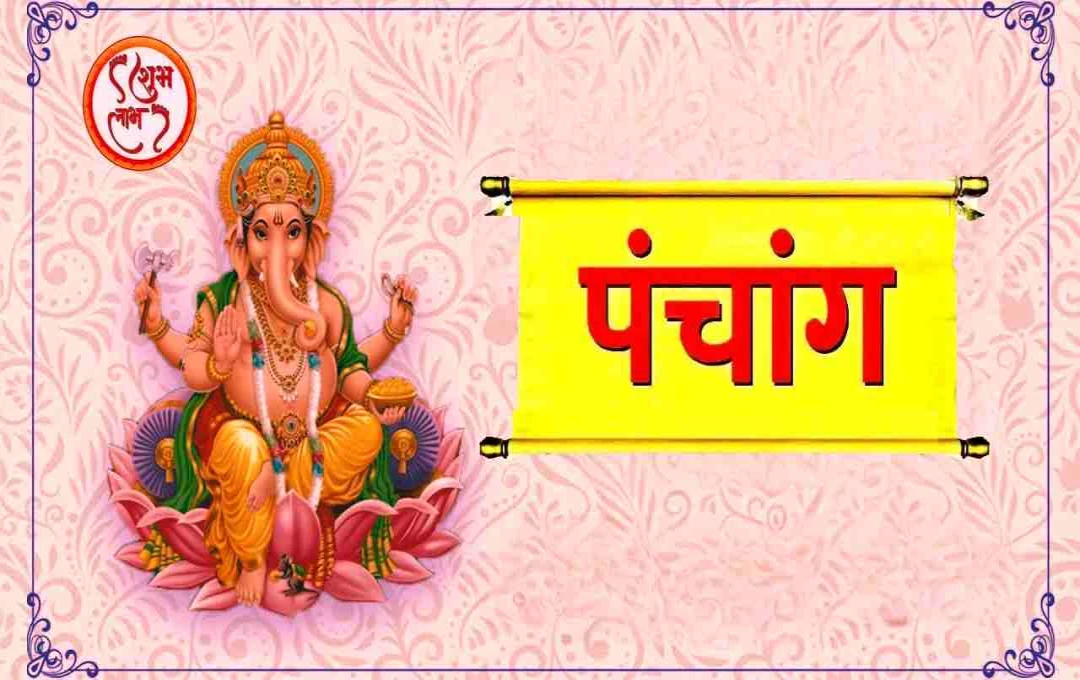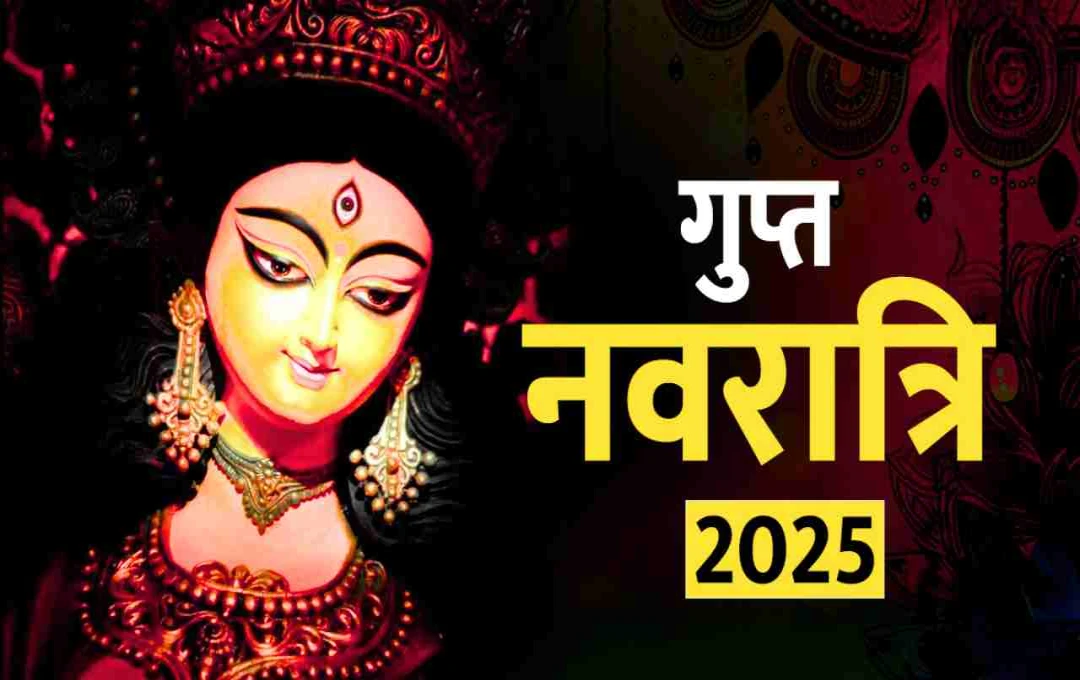India's rich religious and cultural heritage encompasses numerous traditions deeply rooted in faith, imbued with profound emotions and spiritual messages. One such unique and poignant tradition is the symbolic illness of Lord Jagannath.
Associated with the Jagannath Temple in Puri, Odisha, this tradition begins annually with Jyeshtha Purnima and culminates in the Rath Yatra. It is known as 'Anasara Kala'. Let's explore the depth and emotion embedded in this journey, from Snana Purnima to the Lord's seclusion and finally, the Rath Yatra.
Snana Purnima: A Special Religious Observance
Every year, on the full moon day of the Jyeshtha month, Lord Jagannath, his brother Balabhadra, and sister Subhadra are ceremonially bathed. This festival is called 'Snana Yatra' or 'Snana Purnima'. On this day, the three deities are brought out of the temple for devotees to have darshan (sight).
Subsequently, the deities are bathed with water from 108 golden pots. These pots contain a mixture of water from various sacred rivers, sandalwood paste, ghee (clarified butter), rose water, yogurt, and herbs. This bathing symbolizes purification and cooling of the body. After the bath, the deities are adorned with royal garments, but then comes a unique twist—the Lord falls symbolically ill.
Anasara Kala: When the Lord Rests
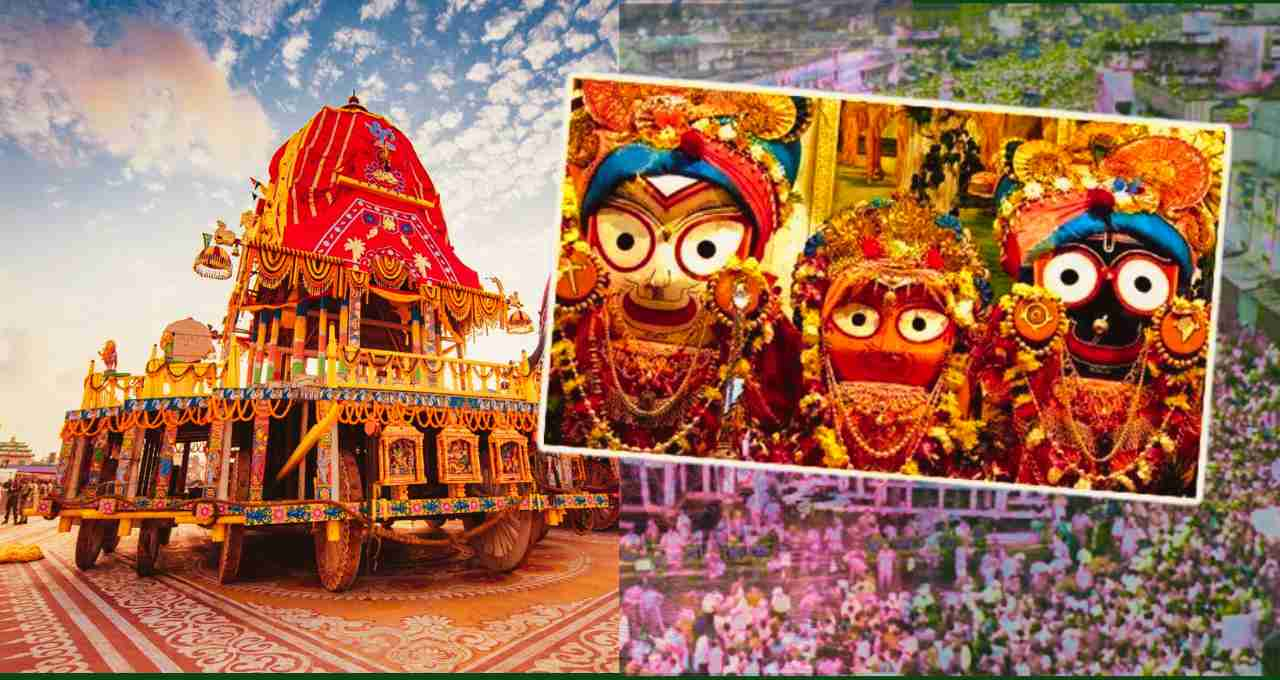
Following Snana Purnima, the Lord remains in seclusion for fifteen days, known as 'Anasara'. During this period, the temple sanctum sanctorum remains closed, and no one is allowed to have darshan. The priests attend to the Lord like a patient, offering medicinal concoctions, special diet, and rest.
This tradition, spanning centuries, finds deeper meaning in a folklore that reveals the sacred bond between devotee and deity.
Devotee Madhav Das and the Lord's Service
A deeply moving story underlies this tradition. It is said that a devotee named Madhav Das lived in Puri. He was a staunch devotee of Lord Jagannath and relied on the Lord's prasad (offerings) for sustenance. Once, he fell gravely ill, yet continued his service to the Lord without seeking medical help.
People advised him to consult a physician, but he replied, "When the Lord himself is with me, I need no physician." His illness worsened, and one day he fell unconscious. Then, Lord Jagannath himself appeared and began to serve him.
Upon recovering and realizing that the Lord had served him, Madhav Das was overwhelmed. He asked, "Lord, why did you serve me?" The Lord smiled and said, "I never forsake my devotees. You were to bear the fruits of your karma, but I took upon myself the remaining fifteen days of your illness."
This event occurred on Jyeshtha Purnima. Since then, every year, the Lord symbolically falls ill for fifteen days, remaining unseen by devotees. This seclusion is called 'Anasara Kala'.
Nayan Utsav and Rath Yatra: Celebration of Recovery
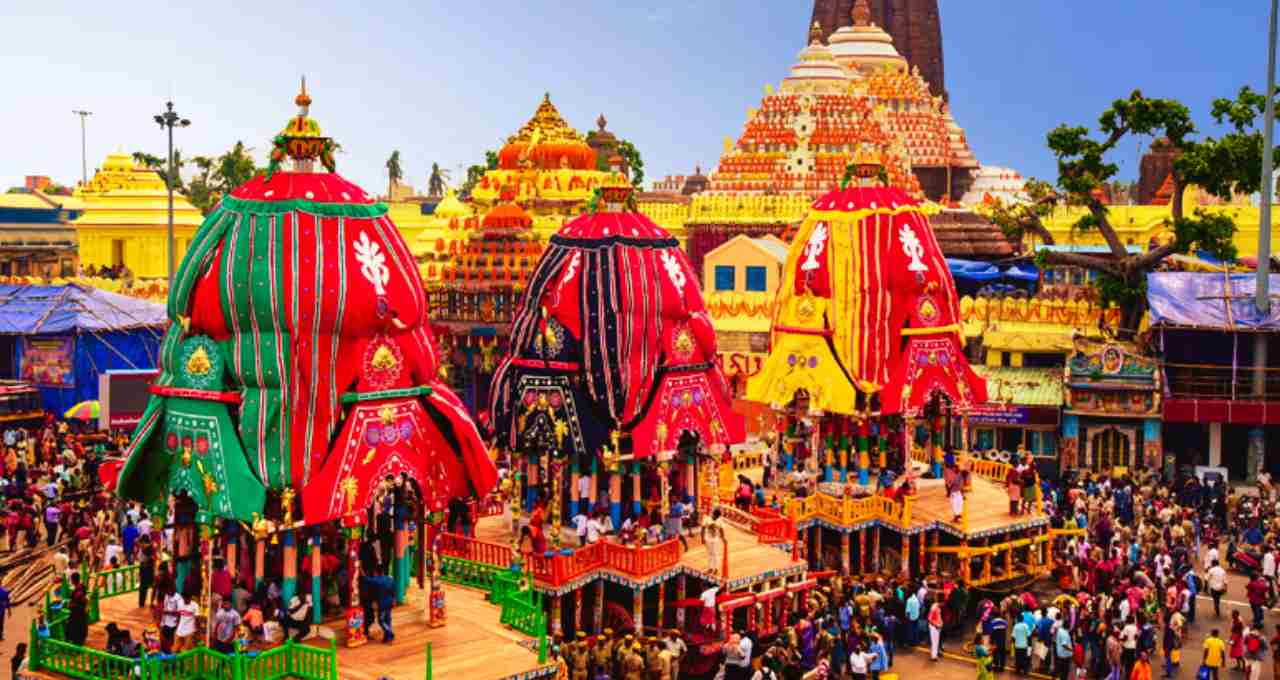
After these fifteen days, the Lord is symbolically cured, and this is celebrated as 'Nayan Utsav' (Nayan means sight). The Lord's reappearance is celebrated, and the next day marks the beginning of the Jagannath Rath Yatra. This procession takes place on Ashadha Shukla Dwitiya, where Lord Jagannath, Balabhadra, and Subhadra travel through the city on their magnificent chariots.
The Rath Yatra is a divine experience. Devotees eagerly participate in pulling the chariots, believing it to absolve sins and lead to salvation.
Spiritual Significance
The annual symbolic illness of Lord Jagannath is not merely a religious ritual but a tradition of profound emotional and spiritual significance. It conveys the message that the Lord is not merely an object of worship but shares in the joys and sorrows of his devotees. When a devotee sincerely worships the Lord, the Lord takes upon himself the devotee's suffering. This tradition teaches us that devotion is not limited to rituals and prayers but represents a bond where the Lord empathizes with and absorbs the pain of his devotees. This strengthens the belief that true love and faith are never in vain.
This tradition of the Jagannath Temple is an integral part of India's rich religious and cultural heritage. Snana Purnima, Anasara Kala, and Rath Yatra are not just religious events but exemplify the spiritual connection between devotee and deity.
